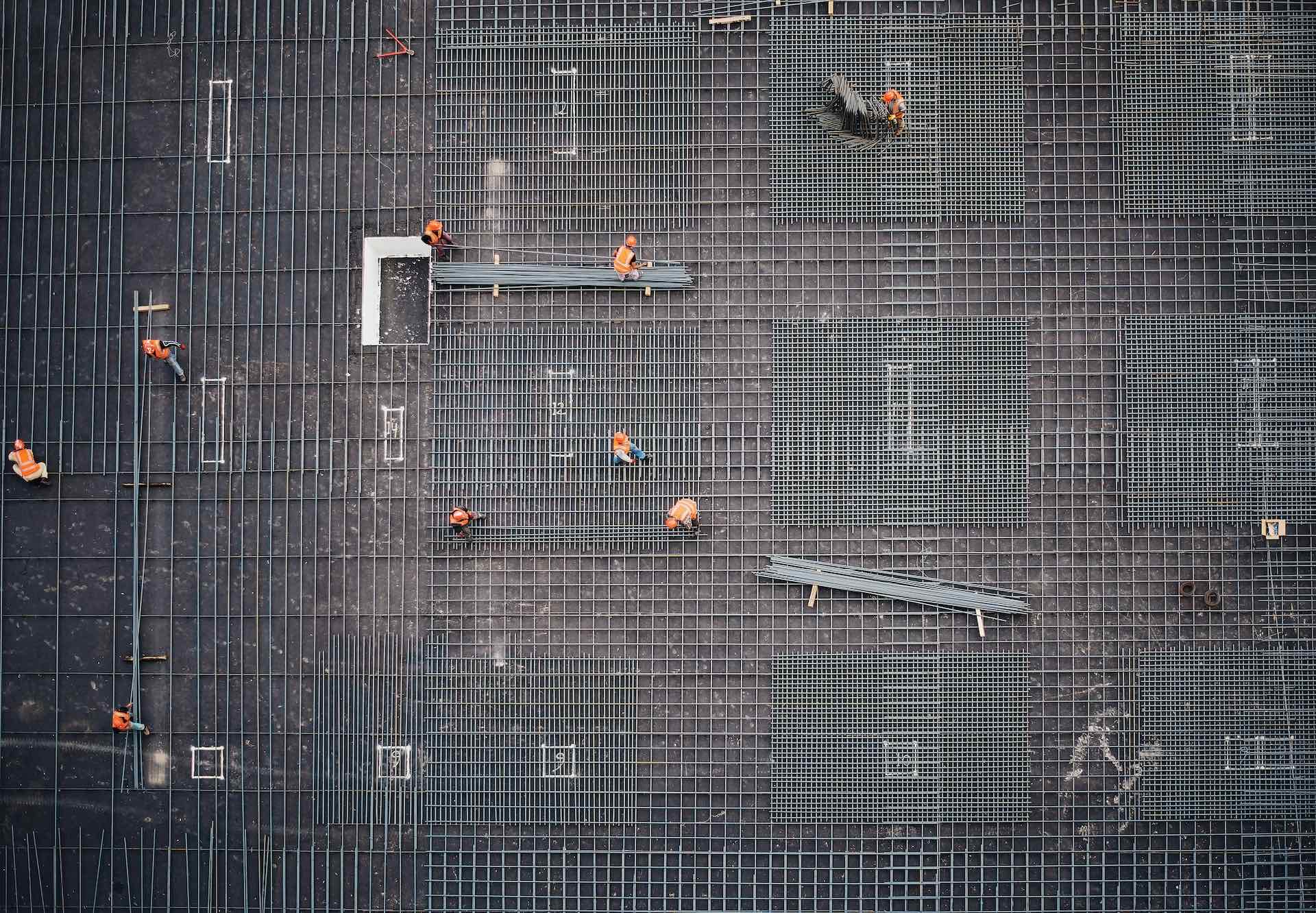Have a story idea
Have a story idea? Send it to us here.

Source : Saad Salim, Unsplash
June 5, 2023
Author : Patty Allen
The U.S. consistently breaks its records for some of the most expensive large-scale and minor projects.
Currently the federal government is seeking to rehabilitate the Northeast Corridor, the busiest rail corridor in the country. Primarily owned by Amtrak, it runs from Boston through New York, Philadelphia, Baltimore, and Washington DC.
No new stations, lines, or extensions of previous lines will be constructed; only 100 miles of track will be converted to high-speed track, while most of the corridor will remain conventional slow rail. This project will be completed by 2025, and the cost is estimated at $101.8b, which is three times the cost of the Grand Paris Express project.
By contrast, in France, the Grand Paris Express will have a 125-mile rail system expansion; 80% will be in tunnels, 68 new stations, four new lines, and two extensions of existing lines. The project is expected to be completed in 2030 and will cost around $38 billion.
It is not because France is constructing new rail lines at an astonishingly low price.
Eric Goldwyn, a fellow at NYU and a participant in the Transit Costs project, has gathered a significant data set of transport expenses from around the globe. In terms of construction expenses, it is approximately the global median. So why is the United States such an outlier in the amount spent on these type of projects?
First off, the United States purchases a huge amount of construction material, and as we have documented the prices of material supply globally has been increasing.
There are numerous other structural reasons though why transit projects in the U.S. are becoming more expensive than in the rest of the world.
An extensive study by the NYU research group over years of study identify the main factor. As they explain government construction occurs through a complicated network of a poor contractor and consultant management, with inadequate coordination among different entities. Also, infrastructure projects are often seen as job programs, and also suffer from over-designing, among other problems.
The cost of the projects can skyrocket, and the country lacks in long term big vision planning. Every project is evaluated exclusively based on necessity; if it is found necessary, it is deemed worth whatever it will cost.
Here are a few other reasons why government construction can become so expensive:
The final Transit Costs project report highlights different areas for improvement. Better institutional and political leadership is required to treat the metastatic cancer of American culture that is impeding our ability to do government construction at lower costs. Additionally, voters must begin thinking about these issues and make informed choices.
Category : Federal Government Investment in Infrastructure Local Government Market Watch Material Costs Monopolization Public-Private Partnership State Government
